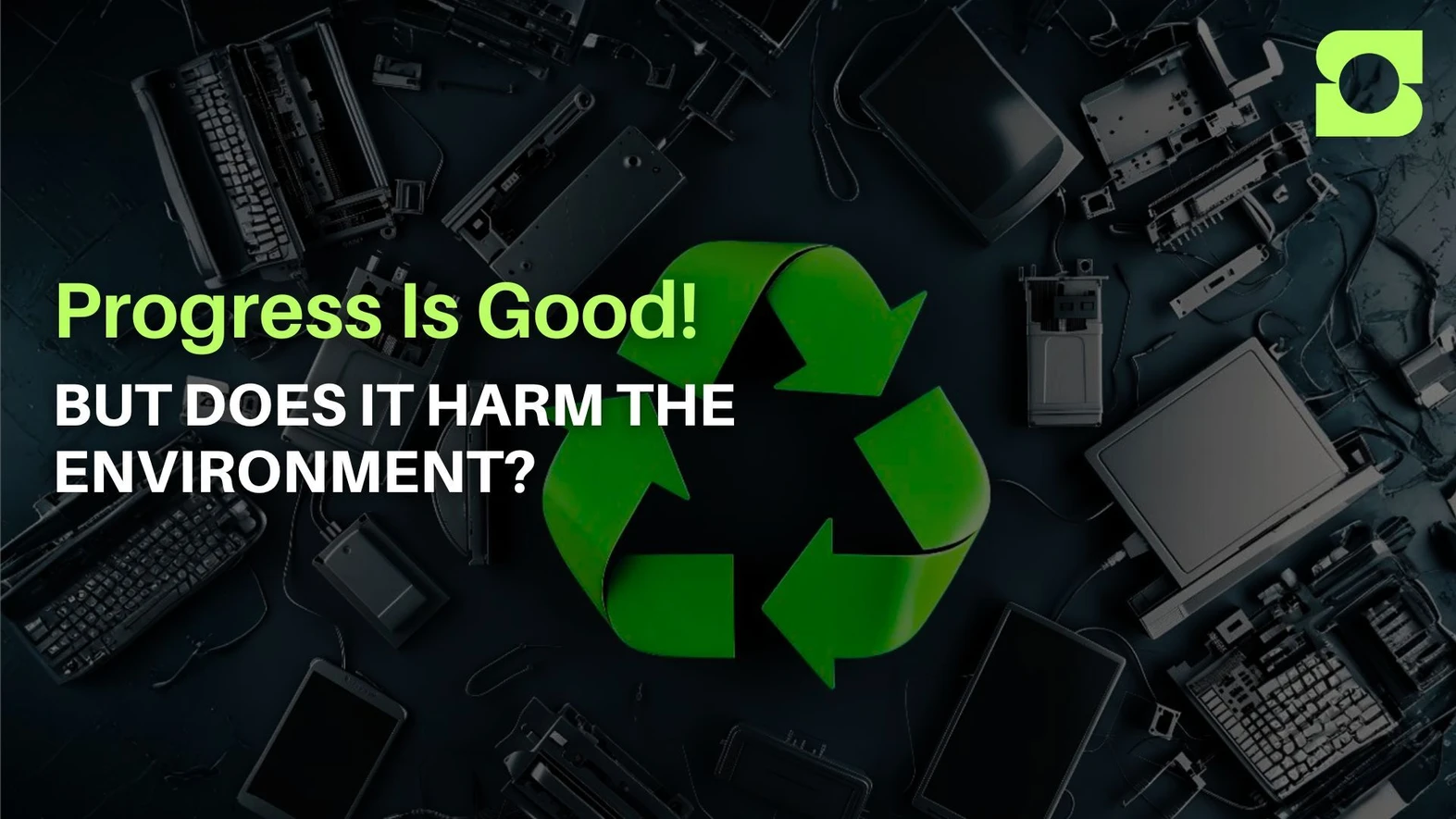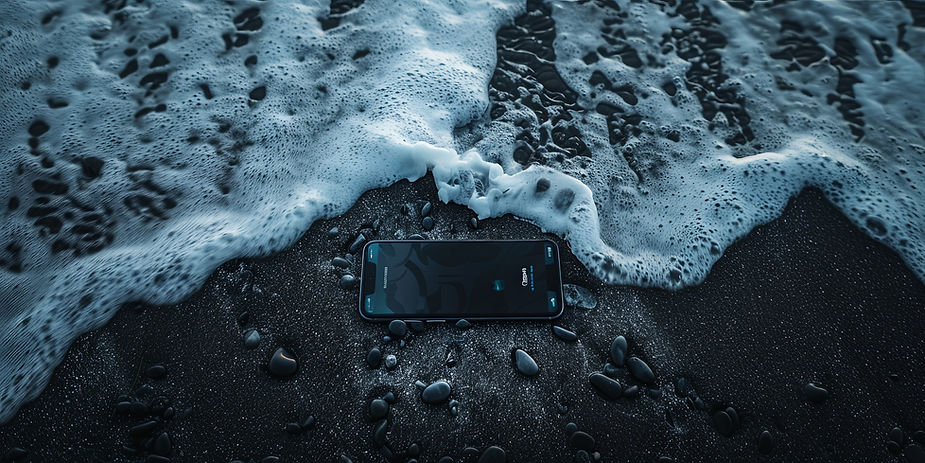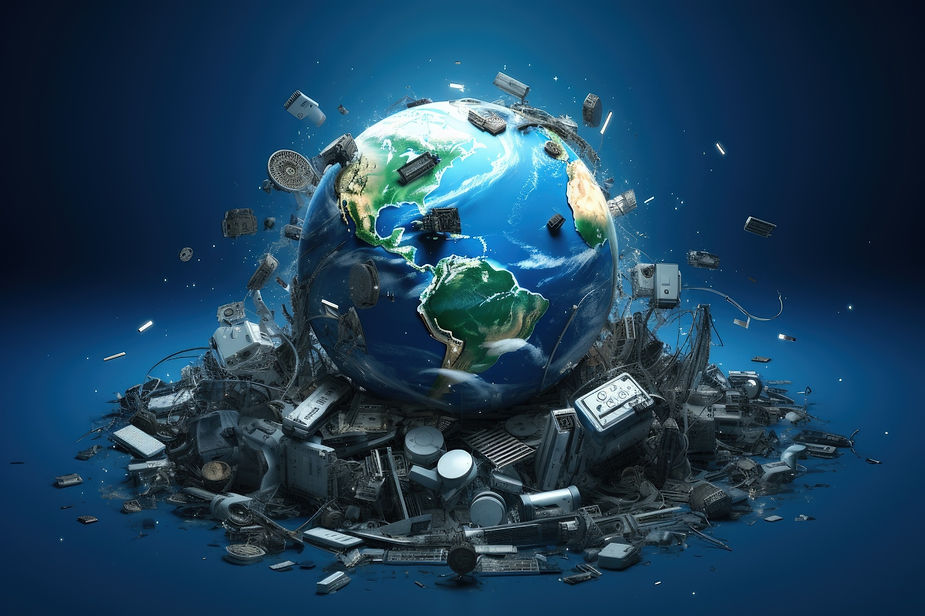
1907. Leo Baekeland invented Bakelite, the first fully synthetic plastic, meaning it contained no molecules found in nature. Baekeland had been searching for a synthetic substitute for shellac, a natural electrical insulator, to meet the needs of the rapidly electrifying United States.
It was hailed as a significant breakthrough for the world and was hailed all over. In no time, the use of plastics reached every walk of life, every nook and corner of the world.
Soon, it began reaching riverbeds and sea beds. Mountaineers began littering mountain tops with plastic cans etc threatening nature with irreparable and irreversible damage. It also began reaching the stomachs of unwary animals looking for food.
Soon enough, plastics became a bad word around the world. Today, the aware population avoids plastic but the fight against plastic pollution and contamination has just begun.
A similar situation has come upon us, now. It’s been mounting for a while, just that we have become aware of the seriousness of the problem only in the recent past.
E-waste or electronic waste is the latest problem that threatens our existence. Electronics are all around us, and so are electrical items. Each of these has a finite life. And unlike wet waste and dry waste bins, most people do not know what to do with electronic & electrical items that have outlived their lives.
Consider this: If you are in your 40s today, you have possibly been a user of mobile phones for about 20 years or more. At this time, just think of the number of mobiles that you must have replaced. Ten? Fifteen? Or more?
Now think of how you got rid of all these old mobiles. Did you do so, safely? If your answer is “safely”, did you know what safe disposal of such items means? Do you know now?
I don’t know what your answer is nor am I going to hazard a guess here. But what I can say with confidence is that most people don’t even know that chucking their used mobile in the trash can without a thought is hazardous. To their future and the future of the world.


Now think back to old laptops, desktop computers, microwave ovens, ACs etc that you have disposed of. Did you dispose of them safely? How was it safe?
The fact is that most people don’t know of the safe way to dispose of such items.
Most of us aren’t aware of the ill effects of e-waste on soil through the leaching of hazardous contents from landfills; in water due to contamination of rivers, wells and other water sources; in air due to emission of gases and burning of e-waste.
As of 2021, India is one of the major contributors to the worldwide e-waste problem, producing about 2 million metric tons of e-waste annually as of my last report in September 2021.
Globally, a whopping 62 million tonnes (Mt) of e-waste was produced in 2022, Up 82% from 2010; On track to rise another 32%, to 82 million tonnes, in 2030; Billions of dollars worth of strategically valuable resources squandered, dumped; Just 1% of rare earth element demand is met by e-waste recycling.
Now, pause for a minute. Decide to dispose of your used electrical & electronic items responsibly. You can do so by contacting people like us who have taken it upon ourselves to help the world recycle e-waste, properly.
